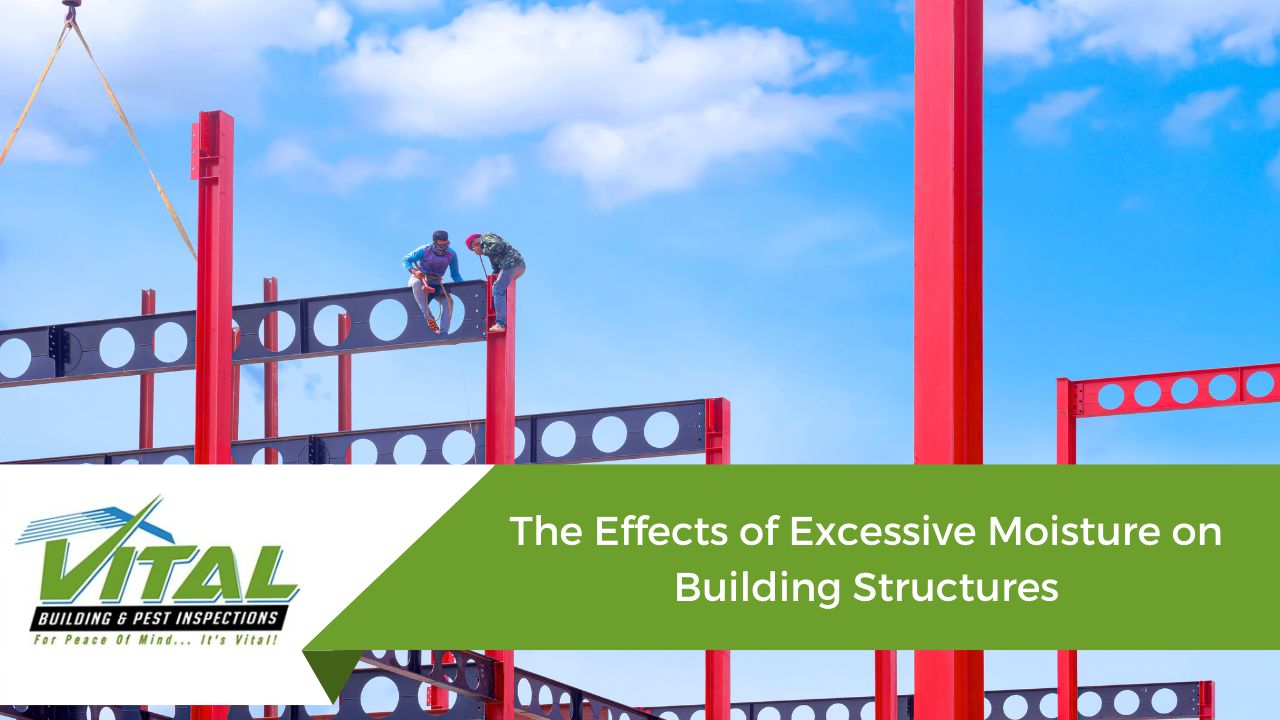Building structures are vital components of our living and working spaces, serving as shelters that safeguard us from the elements. Ensuring their longevity and structural integrity is paramount for the safety and well-being of occupants. One common threat that poses a significant risk to buildings is excessive moisture. In this article, we will delve into the various causes and effects of excessive moisture on building structures, examining both immediate and long-term consequences.
Causes of Excessive Moisture
External Sources
External factors play a pivotal role in introducing excessive moisture to building structures. Rainwater infiltration, flooding, and high humidity levels are primary culprits. Uncontrolled water entry through roofs, windows, or foundations can result in substantial damage over time. Additionally, floods, whether from natural disasters or plumbing mishaps, can inundate a building, leading to severe consequences. Moreover, regions with consistently high humidity levels can subject buildings to prolonged moisture exposure.
Internal Sources
While external sources are noteworthy, internal factors can also contribute significantly to excessive moisture. Plumbing leaks, whether subtle or substantial, can introduce moisture into the building’s structure. Poor ventilation exacerbates the issue by impeding the natural drying process. Condensation, often a consequence of inadequate insulation or ventilation, can accumulate and cause moisture-related problems.

Immediate Impact on Building Materials
Excessive moisture takes a toll on various building materials, leading to immediate deterioration. Wood, a common construction material, is particularly susceptible to rot and decay when exposed to prolonged moisture. Metal components face corrosion, compromising their structural integrity. Furthermore, the presence of moisture creates an ideal environment for mould and mildew growth, posing health risks and accelerating material degradation. As these processes unfold, the building’s structural strength is compromised, leading to potential safety hazards.
Long-Term Consequences
The consequences of excessive moisture extend beyond immediate material damage, encompassing increased maintenance costs and health risks. As materials degrade over time, the need for repairs and replacements escalates, contributing to a financial burden. Restoration efforts become more complex and costly as structural weaknesses manifest. Health risks emerge, with mould exposure leading to respiratory issues and a decline in indoor air quality.
Prevention and Mitigation Strategies
To combat the adverse effects of excessive moisture, implementing preventive measures is crucial. Proper drainage systems, such as well-maintained gutters and downspouts, can redirect rainwater away from the building. Grading the surrounding landscape appropriately aids in preventing water pooling around foundations. Adequate ventilation, achieved through well-designed systems and proper insulation, promotes air circulation and reduces the likelihood of condensation. Regular inspections and prompt addressing of leaks are integral components of proactive maintenance, helping identify and rectify issues before they escalate.

Regulations and Building Codes
Australia’s building regulations are designed to cover a broad spectrum of factors, encompassing structural integrity, safety, environmental impact, and public health. Specific provisions within these regulations address the potential risks associated with excessive moisture, recognising it as a pervasive threat that can compromise the very foundations of a building. The Australian Building Codes Board (ABCB) plays a central role in developing and updating these codes, ensuring that they remain adaptive to evolving construction practices and emerging challenges, including those posed by moisture-related issues.
Compliance with these regulations is not just a legal obligation; it is a proactive step towards mitigating the multifaceted risks that excessive moisture poses to buildings. By adhering to stipulated standards, builders and property owners contribute to the overall resilience of the built environment, fostering structures that can withstand the test of time and diverse climatic conditions. Moreover, compliance ensures that buildings remain safe for occupancy, protecting the health and well-being of those who inhabit these spaces.
Safeguarding Australia’s Buildings
Excessive moisture poses a significant threat to the structural integrity of buildings, manifesting in immediate material deterioration, long-term consequences, and increased maintenance costs. As stewards of our built environment, it is imperative to address this issue proactively.
Taking a proactive approach to building maintenance is the key to safeguarding Australia’s structures. Through effective drainage systems, proper ventilation, regular inspections, and adherence to building codes, we can mitigate the risks associated with excessive moisture and ensure the longevity of our buildings.

Secure the Foundations, Ensure the Future
At Vital Building and Pest Inspections, we understand the importance of maintaining a building’s structural integrity. If you have concerns about excessive moisture affecting your property or wish to schedule a comprehensive inspection, contact us today. Our experienced team is dedicated to ensuring the safety and longevity of your building. Let’s work together to secure the foundations and ensure a resilient future for your property.






